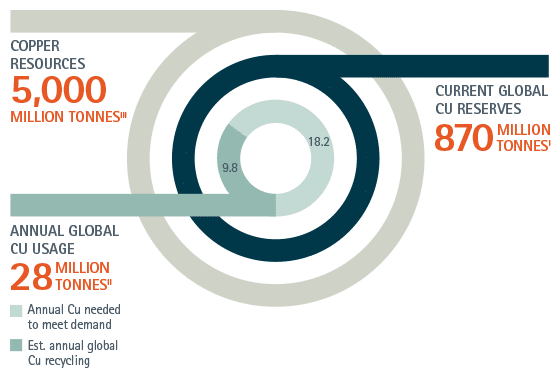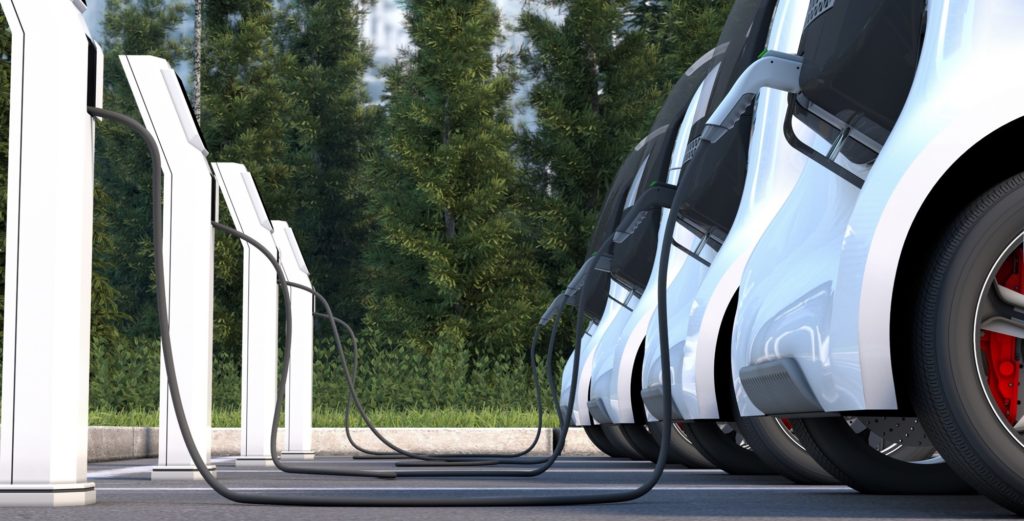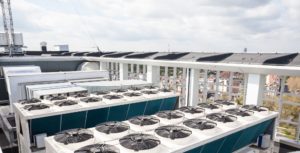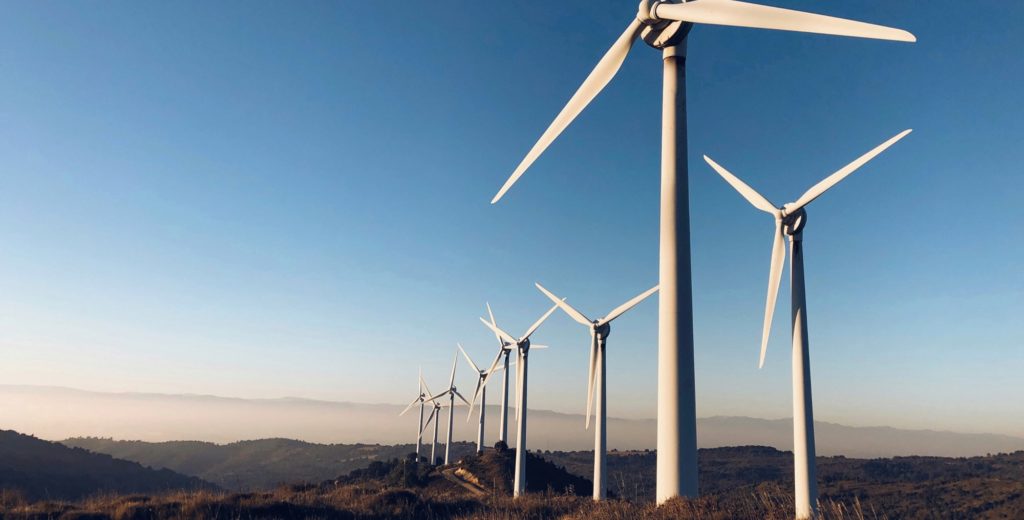As 2019 comes to a close, some clear trends can be observed. First, decarbonization has become more of a priority for governments and industries as a way to reduce emissions. Second, ensuring resources can be reused and recycled means the circular economy has also moved up to the top of the policy agenda around the world. Finally, as more resource extraction will be needed, the debate has also focused on how industry can do so in a responsible way; with some important initiatives being launched. Below are details on these three key takeaways from 2019.
Decarbonization is a priority
This year saw the move toward decarbonization become apparent as the world transitions to more sustainable energy sources and transportation. For example, the European Union finalized its Clean Energy for All Package that includes renewable energy and energy-efficiency targets and just recently published an outline of a European Green Deal that contains a goal to become carbon neutral by 2050. Meanwhile in the U.S., policies are being implemented to support the expansion of electric vehicles (EVs). This year the U.S. Senate Committee on Environment and Public Works and the House Energy & Commerce Committee approved nearly $2 billion for EV infrastructure through the America’s Transportation Infrastructure Act of 2019 (ATIA) and Leading Infrastructure for Tomorrow’s (LIFT) America Act respectively.
The move away from fossil fuels in the field of transportation is another aspect of decarbonization that is happening. Bloomberg New Energy Finance’s 2019 EV Outlook showed that the rise of EVs continues to be a global trend. Compared to 2010 when just a few thousand EVs were sold globally, over 2 million were sold in 2018. This figure is expected to reach 10 million in 2025. Furthermore, the report foresees that by 2040, 57 percent of global new passenger vehicle sales will be EVs, accounting for 30 percent of the global passenger vehicle fleet at that point.
These EVs will still need to be charged with electricity and ensuring that EVs run on renewable sources instead of fossil fuels is crucial. A rise in the uptake of renewables is happening. The International Energy Agency says renewable capacity will expand by 50 percent in the next five years alone.
Both of these developments mean more copper will be needed in the coming years as it is a key component in EVs (battery EVs can use from two to four times as much copper as traditional vehicles) and many renewable energy technologies. With both EVs and renewables expected to continue increasing in the coming decades, copper has its role to play in decarbonization.
Circular economy is at the top of the policy agenda
Clearly the world will need more resources in the future because new technologies enabling decarbonization will require steady flows of raw materials. This means recycling will be increasingly important. Circular economy is already a key global policy priority, particularly in Europe where a new circular economy action plan is in the works.
For copper, progress has already been made. The International Copper Study Group (ICSG) estimates that, on average, 35 percent of current global copper use comes from recycled copper. Some industry players are already working on solutions to make the raw materials sector even more circular.
- In Germany, Aurubis is extracting CO2-free surplus heat from copper production and delivering it to HafenCity East, near Hamburg, through a 3.7-kilometer (2.3-miles) pipeline. The project saves 20,000 tonnes of CO2—equivalent to about 10,000 cars driving 12,000 kilometers (7,450 miles)—per year. The project means HafenCity East is the first city neighborhood to be entirely supplied with CO2-free industrial heat.
- In Belgium, Metallo continues to innovate to make copper production more circular. Its ground-breaking new plasma oven allows the company to recycle low-grade materials in such a way that they can be turned into high-grade metals and minerals.
More initiatives like these, as well as an expanded focus on urban mining, will be needed to ensure a fully circular economy. At the same time, policymakers will need to take a holistic approach to ensure the right regulatory framework is in place.
Responsible sourcing and copper demand need to be addressed
Recycling alone will not be enough to meet the rising copper demand. More resource extraction will be necessary in the future. Demand for copper alone is expected to increase by around 50 percent in the next 20 years.
However, some have wondered whether there will actually be enough copper to meet the rising demand in the future. The answer is yes. Current global copper reserves are estimated at 830 million tonnes (US Geological Survey [USGS], 2019), while annual copper demand is 28 million tonnes. Furthermore, according to USGS data, since 1950 there has always been, on average, 40 years of copper reserves available and over 200 years of resources, which include reserves, discovered and potentially profitable deposits and undiscovered deposits predicted based on preliminary geological surveys. These copper resources total 5,000 million tonnes (USGS, 2014 & 2017).
In addition, how this material is extracted has become an increasingly important issue. Sustainability and responsible sourcing are both big priorities for the copper industry. This is why the Copper Mark was launched this year. This initiative works as an assurance system for responsible copper production. It introduces a credible verification of practices at copper production sites, including mines, smelters and refineries, enabling informed decisions on material use and facilitating a more sustainable production in the copper industry.
Apart from this industry-wide initiative, individual companies are also paving the way ahead.
Anglo American set out requirements that all of its suppliers are expected to meet, including protection of the environment and respecting labor and human rights, encouraging suppliers to integrate the “Zero Harm” principle to people, society and the environment. Meanwhile, Teck has built relationships with indigenous peoples in regions where it has operations, including Canada, Chile and the United States, where they can be found within or adjacent to indigenous people’s territories. As such, Teck created a company policy to ensure respect for the rights, cultures, interests and aspirations of indigenous peoples, built collaboratively with their input and guidance.
These initiatives represent a starting point, but more needs to be done to meet the challenges of responsible sourcing and production. This will continue to be a top priority in 2020 and beyond as sustainability drives the policy debate across the globe.
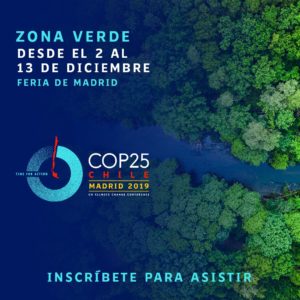 The world showed its commitment to COP and climate change by quickly finding an alternative in Spain for COP25. Not having such a meeting at a critical time for the planet would send the wrong message. As this critical climate conference approaches, one of the many industries that will be part of the discussion is the raw materials sector. The copper industry is working to address the impact of mining on the environment, through initiatives such as responsible sourcing and production. However, if climate change is to be dealt with properly and for the Paris Agreement goals to be reached, different industries must work together, as no single industry can tackle climate change alone.
The world showed its commitment to COP and climate change by quickly finding an alternative in Spain for COP25. Not having such a meeting at a critical time for the planet would send the wrong message. As this critical climate conference approaches, one of the many industries that will be part of the discussion is the raw materials sector. The copper industry is working to address the impact of mining on the environment, through initiatives such as responsible sourcing and production. However, if climate change is to be dealt with properly and for the Paris Agreement goals to be reached, different industries must work together, as no single industry can tackle climate change alone.
